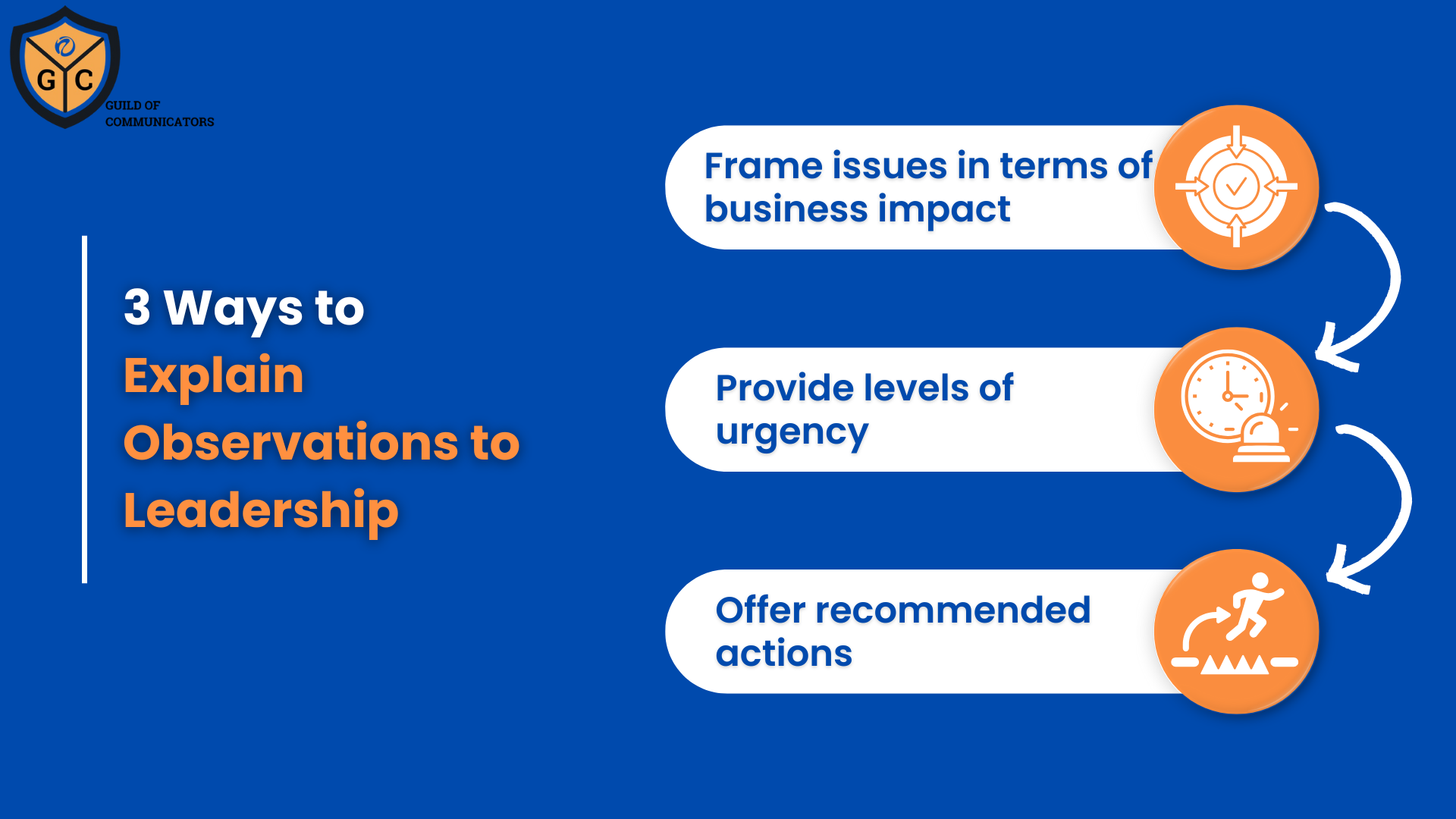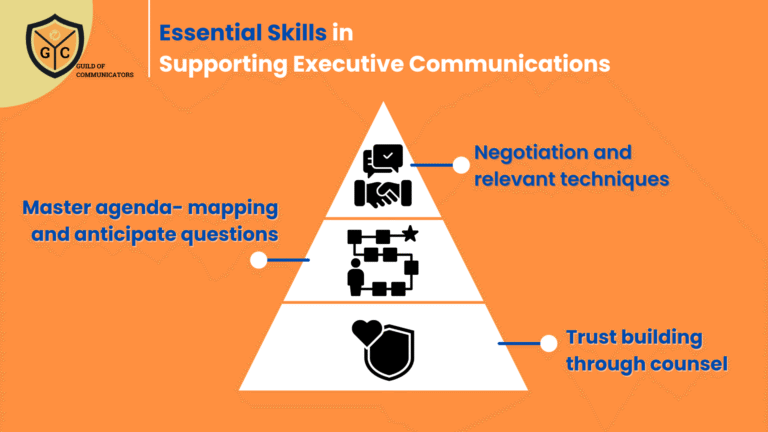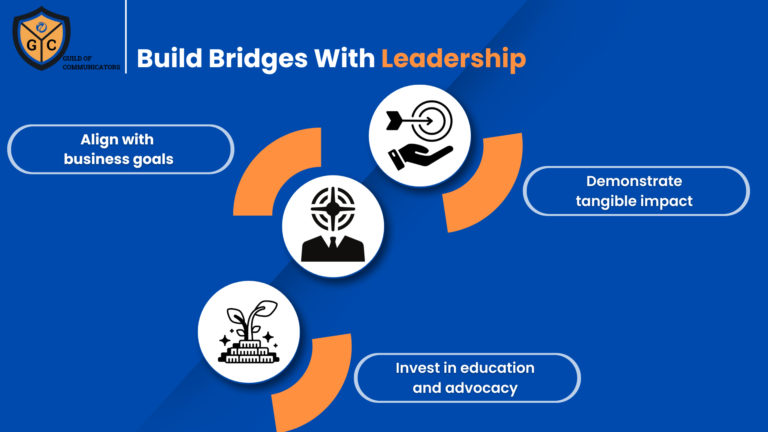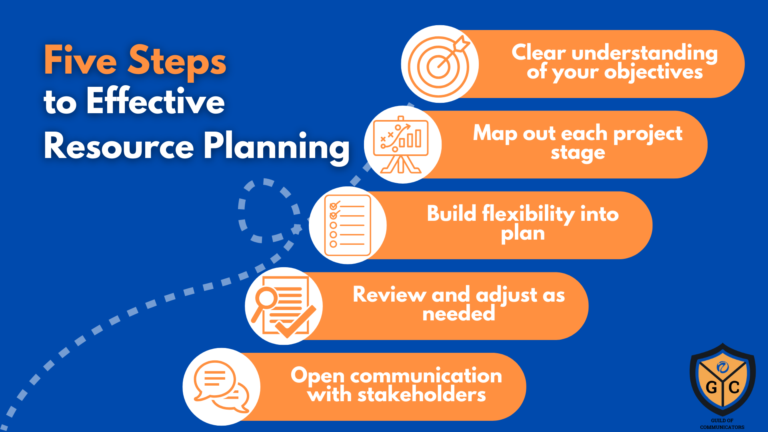Crises rarely appear from nowhere. They are usually the culmination of smaller issues that have grown over time. To understand how to anticipate and manage these developments, it helps to break a crisis down into its elements: origin, stakeholders, trajectory, visibility, and impact potential. Each of these shapes whether an issue stays manageable or escalates into a full-blown crisis.
The origin points to where the issue begins—inside an organisation, in the market, or among external stakeholders. Stakeholders determine who cares and who may act in response, which is often more influential than the issue itself. Trajectory refers to how quickly the issue is developing, while visibility captures how much attention it is drawing from the public, media, or regulators. Finally, impact potential highlights the consequences, ranging from reputational harm to financial or operational disruption.
Recognising these elements early gives communicators the opportunity to act before an issue becomes urgent. Yet, despite this, organisations often overlook issues until they demand immediate attention.
Why Organisations Underestimate Issues
One reason issues are neglected is the culture of short-termism present in many organisations. Senior leaders are often rewarded for solving immediate problems, delivering quarterly results, or responding to visible risks. Issues that develop gradually do not always fit into these timelines, which leads to them being dismissed as less pressing.
This attitude creates a dangerous blind spot. A small but persistent concern—such as a product complaint, a regulatory signal, or a shift in customer sentiment—can quietly grow. By the time leaders recognise its importance, the organisation has lost the chance to shape the trajectory in its favour.
For communicators, this context is especially important. Being able to flag issues early and explain their long-term significance positions you as a problem-solver as well as someone who contributes to sustainable organisational resilience.
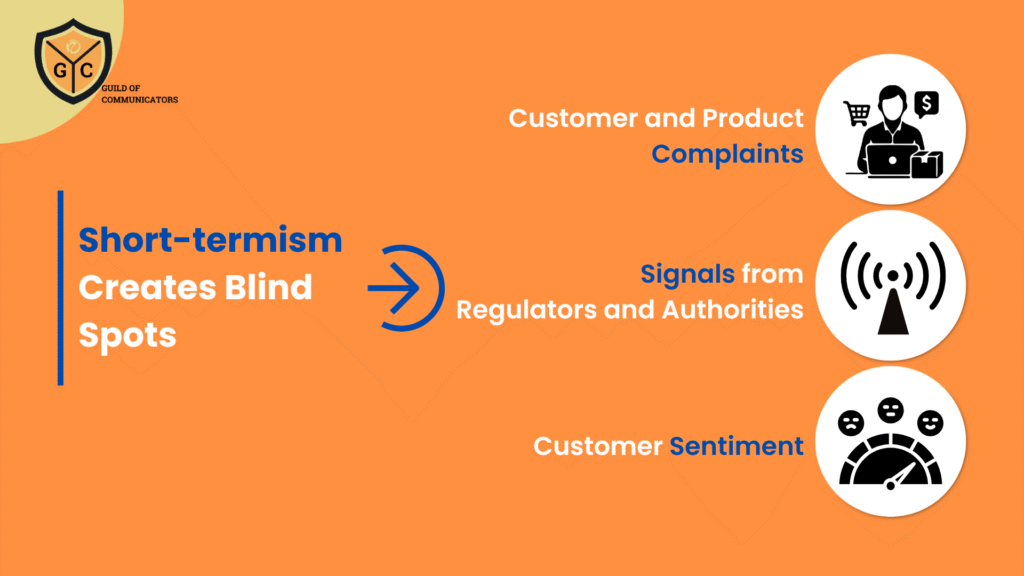
The Cost of Ignoring Small Issues
When issues are not addressed early, the consequences compound.
At the smallest scale, issues can often be pre-empted: a quick adjustment to messaging, a small change in practice, or an early engagement with stakeholders may resolve them before they become visible.
Once ignored, however, these issues grow more complex. They require more time, resources, and effort to contain. The response shifts from proactive management to reactive defence. This drains organisational capacity and reduces flexibility, as teams are forced to focus on containing a situation rather than shaping outcomes.
There is also reputational cost. Stakeholders often perceive late responses as careless, even if the underlying issue was small at the start. Over time, repeated failures to pre-empt problems erode trust and create an impression that the organisation cannot manage its affairs effectively.
Guidelines for Anticipating and Monitoring Issues
Anticipating issues is not about predicting the future with certainty. It is about building habits that make blind spots less likely. Three practical guidelines can help:
1. Track weak signals. Early signs are often subtle—a new line of questioning from journalists, changes in customer feedback, or patterns in regulatory updates. Recording and reviewing these signals helps identify trends before they escalate.
2. Define thresholds for action. Not every issue requires immediate escalation. Setting clear criteria—such as potential stakeholder reach, speed of spread, or alignment with organisational vulnerabilities—creates consistency in how issues are prioritised.
3. Create feedback loops. Issues evolve. Establishing a process for updating stakeholders on how an issue is changing ensures that attention remains calibrated. This prevents a one-off review from becoming outdated and helps teams adapt quickly when conditions shift.
For communicators, applying these guidelines consistently demonstrates discipline and foresight. They show that you can contribute beyond the day-to-day by helping your organisation see what may be coming next.
Why Issues Blindside Communicators
Despite best efforts, communicators often find themselves surprised by issues. Part of the reason lies in how people think and make decisions. Human psychology makes it easier to respond to immediate problems than to slow-moving ones.
Recency bias leads people to focus on what has happened most recently, rather than considering slow-building risks. Normalcy bias encourages the assumption that the future will look much like the present, so gradual changes are discounted until they become urgent. Decision fatigue also plays a role—when teams are dealing with multiple demands, they may default to ignoring issues that do not appear critical in the moment.
Understanding these tendencies helps communicators guard against them. Building structured monitoring processes is not just about discipline. Instead, position it as a safeguard against the natural human tendency to deprioritise issues until they become impossible to ignore.
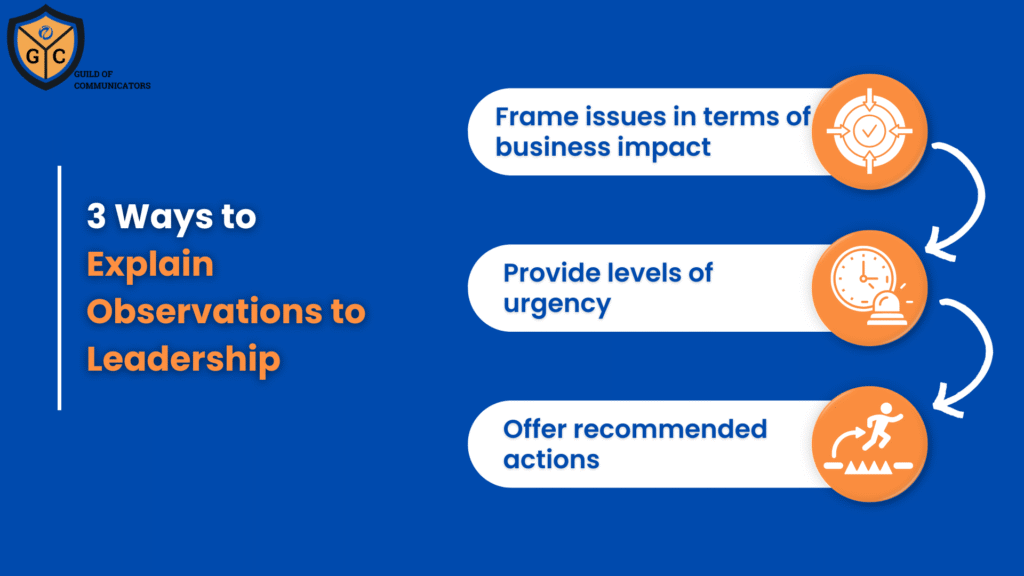
Explaining Issue Monitoring to Leadership
For communicators, the discipline of anticipating and managing issues may seem less urgent than delivering campaigns or responding to immediate requests. Yet it is precisely this discipline that distinguishes a capable practitioner from a strategic advisor.
Issues rarely escalate overnight. They move from overlooked to urgent over time. By recognising their elements, understanding why they are ignored, and applying practical guidelines, communicators can reduce the likelihood of being blindsided.
Anticipating issues is only half the challenge. Communicators must also explain their observations in ways that senior leaders can act upon. Three steps can make this easier:
1. Frame issues in terms of business impact. Instead of focusing only on communications risks, link the issue to operational, financial, or reputational outcomes. Leaders are more likely to act when they see direct relevance to their priorities.
2. Provide levels of urgency. Categorise issues as emerging, developing, or pressing. This helps leaders understand where immediate attention is needed and where there is room for considered planning.
3. Offer recommended actions. Monitoring is only useful if it leads to decisions. Always close a briefing or report with clear next steps—whether it is continued observation, stakeholder engagement, or pre-emptive adjustment.
By adopting these practices, communicators make issue anticipation a credible part of organisational decision-making rather than an optional extra.
The takeaway must be clear to both communicators and leadership: complacency is costly.
By developing the habit of monitoring and anticipating issues, communicators not only protect their organisations but also establish themselves as professionals who think ahead.
*****
Ready to elevate your communications career? The Guild of Communicators is your essential hub for professional growth, offering a vibrant community and best-in-class resources.
- Connect Membership: Ideal for early-career communicators seeking a supportive peer network, over 300 foundational and intermediate courses, and monthly interactive group sessions.
- Elevate Membership: For ambitious professionals, this tier includes premium frameworks, immersive live online workshops, dedicated career coaching, and mentorship with senior industry leaders.
Discover your path to impact and accelerated career growth.
Join the Guild of Communicators today at www.gocommunicators.com.
(For students: If you’re a student, undergraduate or postgraduate, explore our special student referral programme to lock in your membership fee for the second year! Drop us an email to find out more)
——-
Subscribe to join over 1500+ communicators and brands getting value every Tuesday while reading A Communicator’s Perspective, our weekly newsletter.

